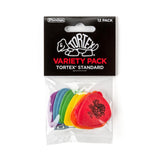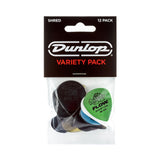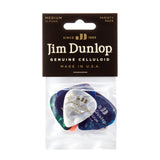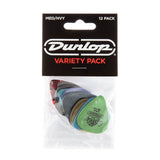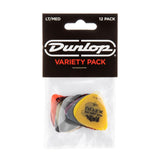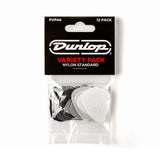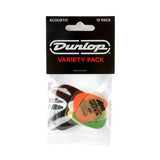The Art of Nitrocellulose Pt 2: The Role of Grain Filler in Guitar Painting
For guitar aficionados and budding luthiers alike, the allure of a flawlessly finished guitar is undeniable. As nitrocellulose becomes an increasingly popular choice for giving guitars their vibrant sheen, understanding every facet of the process becomes critical. An often overlooked yet vital step in this procedure is the application of grain filler. But what exactly is grain filler? And when is it indispensable? Let's take a look the world of grain fillers and how they impact your guitar's nitro finish.

What is Grain Filler?
Grain filler, often referred to simply as "filler," is a substance used to fill the tiny pores and grain lines of certain woods. It creates a smooth surface by levelling the wood's surface texture. Think of it like primer for a wall before you paint; it ensures a smooth and even base.
Why Use Grain Filler?
When painting a guitar with nitrocellulose, the aim is to achieve a smooth, mirror-like finish. Woods with an open grain or porous structure can make this challenging. When nitrocellulose lacquer is applied directly to these types of woods, it sinks into the pores, requiring many more coats to achieve a level finish. Not only does this use more material, but it can also affect the guitar's tone by adding unnecessary weight.
Using grain filler ensures:
Economy of Material: You'll use less nitrocellulose lacquer.
Smoother Finish: Achieve that perfect, glass-like shine.
Tonal Preservation: Avoid the excessive buildup of lacquer.
When is Grain Filler Necessary?
The necessity of grain filler is primarily determined by the type of wood used for the guitar body:
Open-Grained Woods (Necessary):
Ash: Especially Swamp Ash, has a pronounced grain which will prominently show without grain filler.
Rosewood: Typically used for fretboards, but when used as a body wood, it's open pores need to be addressed.
Mahogany: While generally considered to have a relatively closed grain, certain types can be porous and benefit from grain filling.
Closed-Grained Woods (Not Typically Necessary):
Alder: Its naturally smooth structure means you can often apply nitro directly.
Maple: Known for its tight, closed grain, it's usually ready for a nitro finish without prior grain filling.
Basswood: Another wood with a closed grain, making grain filler unneccesary for most pieces.
Selecting the Right Grain Filler
Grain fillers come in both oil-based and water-based varieties. The choice might depend on the specific wood type, desired drying time, and the final colour of the guitar, as some fillers can tint the wood. At our store, we proudly offer Rustins Grain Filler — a trusted and high-quality choice among professionals. Rustins is available in a variety of shades, specifically designed to complement different woods, ensuring a seamless match between your guitar's natural colour and the filler. By selecting the right shade, you not only perfect the guitar's finish but also enhance its inherent beauty. Remember, the right grain filler doesn’t just fill; it accentuates.
Conclusion
Grain filler, while a seemingly minor step in the process, can make or break the final look and feel of a nitrocellulose-finished guitar. Understanding its importance and when to use it can be the difference between a good guitar and a masterpiece. Whether you're a professional or a DIY enthusiast, respecting the grain and knowing how to treat it ensures your guitar not only sounds amazing but looks it too.











